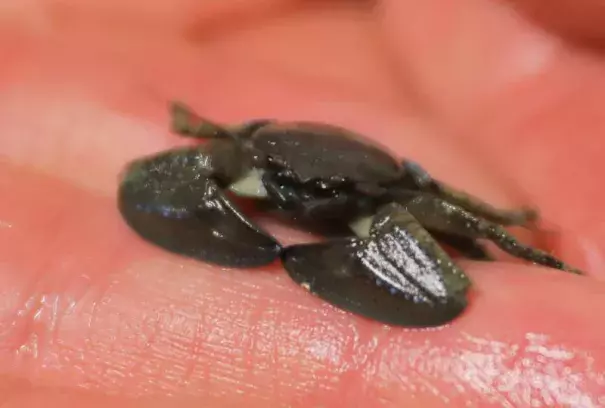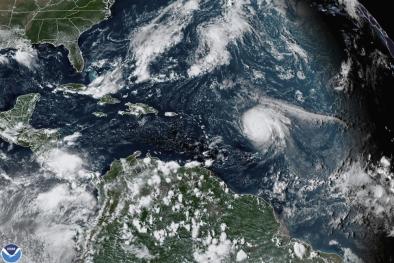With ocean heat wave came 37 species never seen this far north

An extended ocean heat wave that spurred a series of ecological anomalies off the Northern California coast — including toxic algae, mass sea lion strandings and the collapse of the bull kelp forest — also promoted the northward migration of an unprecedented number of southern, warm-water species.
Sixty-seven rare, warm-water creatures, including 37 whose presence has never been documented so far north, were found in the region and points poleward, according to a UC Davis Bodega Marine Laboratory study published Tuesday in “Scientific Reports.” Everything from bottle-nose dolphins to two kinds of sea turtles to barnacles and small sea snails were present during the study period between 2014 and early 2017.
One colorless, tiny snail cousin, the striated sea butterfly, hadn’t previously been seen north of the tip of Baja California. It turned up in sampling nets collecting whatever critters might be floating past the Bodega Bay lab, said lead author Eric Sanford, a UC Davis professor of ecology and evolution.
Similarly, pelagic red crabs — four still alive at the lab — that came ashore at Salmon Creek Beach in January 2017 normally would have been closer to Baja, he said. Also found in the bay was the molted shell of a spiny lobster more commonplace in Baja.
With the planet and the ocean warming, the recent, extended marine heat wave “provides a glimpse of what the Northern California coast might look like in the future,” as species move toward cooler environments to survive, Sanford said.
“We’re basically seeing these communities change before our eyes as more southern species become part of these communities,” he said. “That’s pretty dramatic.”
Related Content




